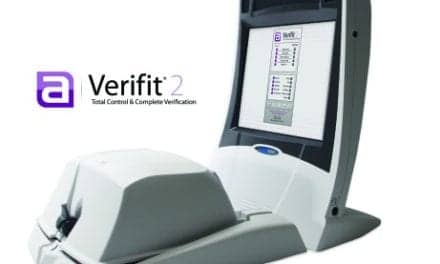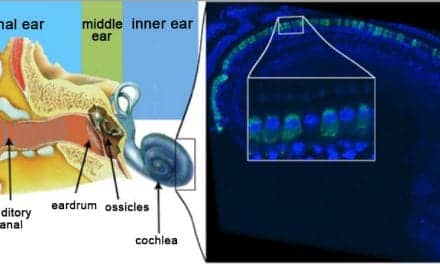
The British Society of Hearing Aid Audiologists (BSHAA) has published results from a survey of its members about how they are responding to the Covid-19 pandemic. Written by BSHAA Vice President Raul García-Medina, the detailed report presents findings between April 15-18, which was shortly after the organization—along with AIHHP, BAA, BSA—published their first joint clinical guidance on April 9. The results, which featured several questions based on The Hearing Review’s questionnaire for our Covid-19 Survey’s #1, very much show the initial impact of the pandemic on the hearing healthcare sector in the United Kingdom.
Some of the key findings in García-Medina’s BSHAA member survey report include:
- 87% of employed BSHAA members who responded to the survey say they had been furloughed, but only 20% of self-employed and company director BSHAA members had furloughed themselves.
- When asked how long the practice could close before it experienced severe/threatening financial problems, 9% said they could not afford to close their business, only 7% mentioned their practice could last closed for less than a month. The vast majority were able to last between 2-3 months (43%) or more than 3 months (33%).
- Relative to the use of teleaudiology, about a quarter of respondents (28%) reported that they were not using telehealth because they were ‘not equipped to offer it’, while another 5% thought it was not applicable for their client base. However, over half (55.6%) were using it for existing patients, 17% for new patients, and 33% for follow-ups.
- 94% of respondents predicted more than a 75% decrease in gross revenue, while 6% predicted between 51% and 75% decrease between mid-March and mid-April 2020.
By comparison, in The Hearing Review Covid-19 Survey #2—which covered roughly the same time period (April 9-17), many similarities were found:
- 89% of offices were not seeing patient visits while observing regular hours, although 20% were seeing patients with reduced hours. Another 41% were seeing patients remotely or in special situations while the staff was coming in full-time or with reduced hours.
- When asked about their current financial status, only 1% of businesses appeared to be on the verge of failing within 2 weeks, while another 16% expressed concerns that “they could be in trouble” if something didn’t change (eg, PPP/EIDL loan) within the next 2-3 weeks. Another quarter (25%) indicated they would be okay financially “for about a month or more” and a similar percentage (27%) said they “would be okay for 2-3 months.” About one-third of practices said they would “be okay for 3+ months” or indicated they could “hold out indefinitely.”
- Relative to teleaudiology, almost one-quarter (24%) indicated they did not think it was applicable for their client base and one-fifth (19%) said they didn’t use it because they were not equipped for teleaudiology. However, about half (51%) of respondents said they were using telehealth for follow-ups and counseling, and 45% said they were using it for hearing aid adjustments and fine tuning, and a total of 15% used it for new patients and first fits.
- 85% of US survey respondents in mid-April reported that their hearing aid unit sales had fallen by more than 75%. When asked what they thought their gross revenues would be by month’s end in April, just over half (54%) predicted they’d see a 90%+ decrease, 27% said they’d experience a 76-90% decrease, while 19% said their gross revenues would decrease by 10-75%.
Read the BSHAA survey here.




